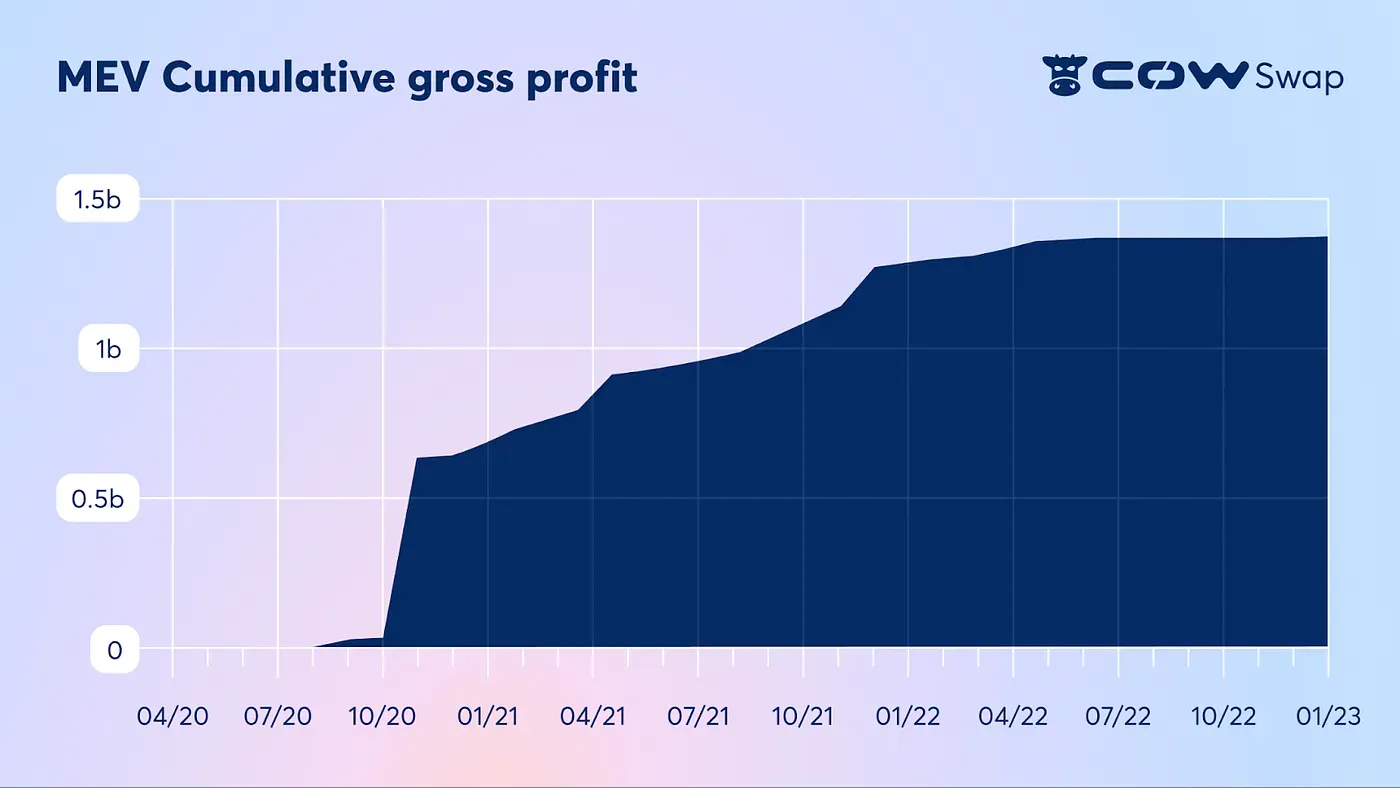What is a Smart Contract?
A smart contract is an executable program on a blockchain network. Smart contracts make up the backbone of the web3 industry as they enable many of the use-cases that blockchains are known for including staking, swapping, lending, borrowing, and much more.
Blockchains eliminate the need for a central authority or intermediary when it comes to running a mass, decentralized network of nodes. Smart contracts bring these benefits to specific use-cases by enabling the creation of decentralized apps (dApps).
Smart contracts were first popularized with the launch of the Ethereum blockchain in 2015. Ethereum also includes a programming language for creating smart contracts known as “Solidity.”
How do Smart Contracts Work?
Smart contracts are created as computer code that is hosted and executed on a blockchain network. A decentralized set of nodes keep a copy of the entire state of the blockchain, including all deployed smart contracts, in order to ensure that the smart contracts are executed in a reliable and transparent way.
Let’s take a look at the process of creating and deploying a smart contract:
Contract Creation: Developers write smart contracts using programming languages compatible with the blockchain, such as Solidity for Ethereum. The code within the smart contracts include rules for execution and the logic necessary for the smart contract to perform its function — such as lending, swapping, borrowing, etc.
Compiling: After it’s written, the smart contract is compiled into bytecode. This is the machine-readable language that execution environments such as the Ethereum Virtual Machine (EVM) use.
Deployment: Once it’s compiled, the smart contract is deployed to the blockchain through a transaction that includes the contract’s code. This transaction is then broadcast to the network and assigned a unique address on the blockchain, similar to how blockchain wallets have addresses.
Trigger: Smart contracts are designed to automatically execute when predefined conditions are met. They can be triggered by various events, including receiving a certain amount of cryptocurrency, the expiration of a timer, receiving a trigger from an external data source, and more.
Execution: Once a contract is triggered, blockchain nodes execute the contract’s code. Since every node on the network independently runs the code, the execution is verified and validated multiple times. This multi-party validation is what provides the security and transparency smart contracts are known for.
State Change: All actions taken by a smart contract are treated as transactions. These transactions can change the state of the contract, interact with other contracts, alter user balances, and more.
Results: The state change caused by the execution of the smart contract is recorded on the blockchain and assimilated by the various nodes. Changes in balances, variables, ownership records, and more are recorded on the blockchain in an immutable manner.
Continuous Interaction: Smart contracts can remain on the blockchain indefinitely, ready to be triggered again under the right conditions.
An important aspect of smart contracts is that they are permisionless, meaning that anyone can develop and deploy a smart contract on any public blockchain. All they have to do is pay the necessary gas fees to deploy the smart contract.
What are Smart Contracts Used For?
Smart contracts are at the heart of decentralized apps (dApps). They power the entire world of decentralized finance (DeFi) as well as other fields like blockchain insurance, gaming, NFTs, social networks, and much more.
Decentralized Exchanges
dApps that enable trading, like Uniswap, rely on smart contracts for processing user funds, finding liquidity, and executing swaps.
More complex decentralized exchanges such as CoW Swap use smart contracts to power solver competitions where multiple independent parties find liquidity on behalf of users. In this case, smart contracts are essential for enforcing the rules of the competition and ensuring users get the best deal for their trades.
Lending & Borrowing Platforms
Platforms like Aave allow blockchain users to take out overcollateralized crypto loans without relying on traditional counterparties. These dApps utilize smart contracts to allow users to lend out their crypto assets or borrow against them.
The platform works by having users deposit crypto tokens into liquidity pools managed by smart contracts and allowing borrowers to take out loans from these liquidity pools by providing collateral. Smart contracts automatically enforce the terms of the loan, such as collateral requirements, interest rates, and repayment terms. They also managing liquidations whenever necessary.
Additionally, on-chain lending platforms use algorithmically determined dynamic interest rates, which adjust based on the current supply and demand for each asset in the pools. Smart contracts calculate and update these rates in real-time, ensuring that lenders receive competitive returns and borrowers pay fair rates.
Liquidity Providing
Exchanges that rely on automated market makers (AMMs) use smart contracts not only for the swap process, but also for allowing users to provide liquidity.
AMMs allow users to trade assets without the need for a centralized intermediary, or even a traditional orderbook. Whenever a user swaps tokens, they interact with the appropriate liquidity pool’s smart contract. The contract calculates the amount of tokens that can be received based on the current ratio of tokens in the pool, with the goal of ensuring that the pool remains balanced. The transaction is then executed automatically by the smart contract without requiring a traditional buyer-seller match.
Staking
Many smart-contract-enabled blockchains, such as Ethereum, use proof-of-stake consensus mechanisms. These systems require users to lock up, or “stake,” tokens in order to validate the state of the blockchain. Smart contracts are essential to this process.
Tokens used for staking are locked in a smart contract that ensures that the tokens cannot be spent elsewhere while they are staked. This contract typically specifies conditions such as the minimum staking period, the minimum and maximum stake amounts, and other rules governing the staking process.
Smart contracts also calculate the rewards distribution for stakers, select which validators should create the next block, slash (penalize) validators in case of misconduct, and facilitate unstaking and withdrawals.
In summary, smart contracts are crucial to the functions of modern-day blockchains. They ensure these systems run according to certain rules, with no down-time, and with set rules for processing all submitted transactions. All with no centralized control or trusted intermediary!
What are the Benefits of Smart Contracts?
So far, we’ve seen that smart contracts ensure that dApps are online 24/7 and function without the need for counterparties. Below we take a look at some additional benefits.
Automation: Smart contracts are automatically executed, meaning they effectively eliminate counterparty risk. Various parties in transactions also have their funds transferred automatically without having to wait for signatures, notaries, or other forms of manual verification.
Transparency: Smart contracts deployed on blockchains are publicly visible, meaning anyone can audit the code and determine what the smart contract does. This transparency encourages trust as malicious code can be quickly identified and there is no doubt about what steps a smart contract will take when executed.
Immutability: As a corollary to transparency, smart contracts are also immutable, meaning that they cannot be changed without these changes becoming public. This adds an additional layer of transparency which ensures smart contracts perform what they are supposed to with no malicious code and without censoring outputs.
What are the Limitations of Smart Contracts?
The main downside of smart contracts is (aptly) known as “smart contract risk” — which is the risk that the smart contract has a bug that prevents it from executing properly or puts user funds at risk.
A powerful benefit of smart contracts is that they are immutable, meaning no one can sneak changes in. This can also prove to be a headache, however, if a smart contract is deployed with an error. For this reason, it’s extremely important that code deployed on blockchains is as error-free as possible. In service of this goal, the cottage industry of smart contract audit services has emerged to help make sure deployed code has no bugs and smart contract risk is well managed.
How Smart Contracts Enable Decentralized Finance
Decentralized finance, or “DeFi” is an emerging field that aims to transform the way individuals move money, ending the reliance on centralized intermediaries like banks.

A core DeFi function is the ability to swap cryptocurrencies from one to another permissionlessly. One of the leaders in this space, CoW Swap, is a meta DEX aggregator that enables the most efficient and price optimal swaps in DeFi.
CoW Swap relies on smart contracts for much of its functionality. Not only do smart contracts enable the nuts and bolts of processing user funds, they also govern the solver competition that sets CoW Swap apart from other decentralized exchanges.
Smart contracts ensure that CoW Swap users receive the best prices for their trades through a decentralized solver competition where independent third parties compete for the right to settle user trades. The best solution is algorithmically determined based on which solver provides the most surplus to users. Thanks to smart contracts, CoW Swap users know that they are getting the best deals for their trades.
Give CoW Swap a shot and put its smart contracts to work for you: swap.cow.fi.


